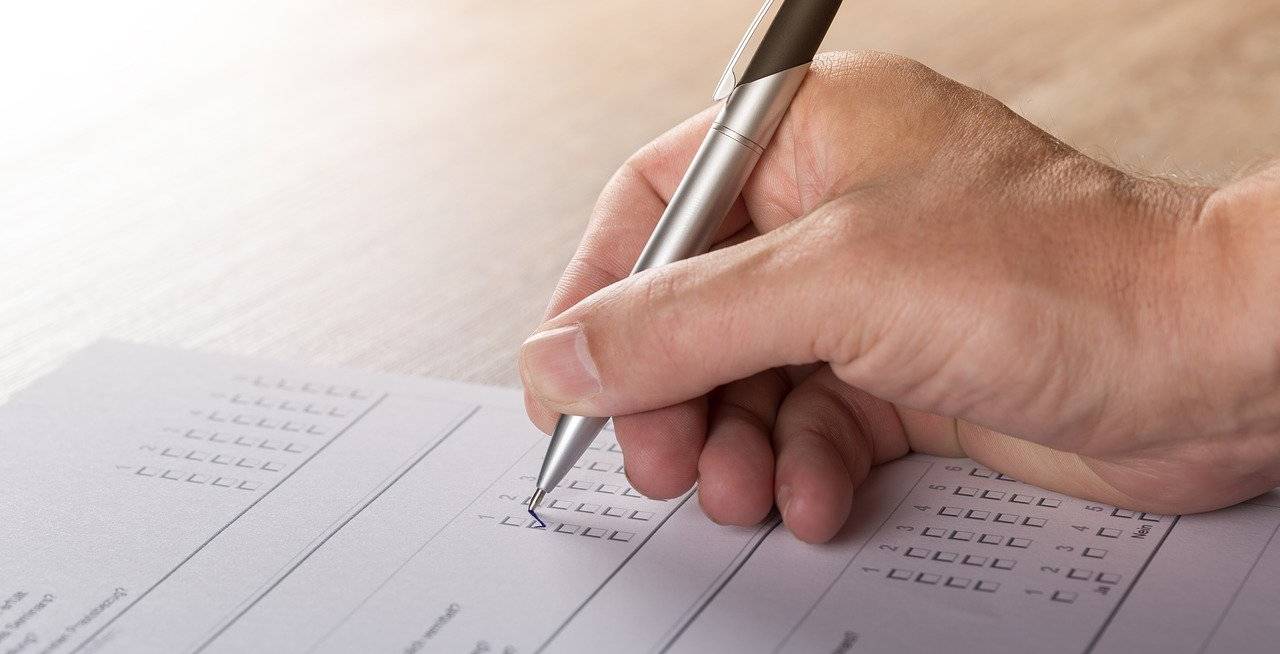
A literature review is the study of academic sources on a particular subject. It offers an overview of existing knowledge, enabling you to recognize hypotheses, approaches, and gaps in current research that are important.
Writing a summary of literature requires identifying applicable publications (such as books and journal articles), examining them objectively, and describing what you have found.
Many researchers struggle to create literature reviews for research papers. Literature reviews provide an extensive overview of all available information related to a particular topic from 1950 forward, so when selecting your research area it’s usually the first step to discover more about prior work that has been published on it – eventually leading to writing your literature review as you compose your paper. Literature reviews form one of the main foundations upon which your research proposal stands as they give insight into both topic relevance and background knowledge about the research issue at hand.
Check Also: How to Write a Motivation Letter For Masters, PhD and Postdoc
Five Main Steps of Writing a Literature Review
Table of Contents
- Check for important literature
- Assess sources
- Identify trends, discussions, and differences
- Outline the layout
- Write your study of literature
Not only does a good literature review summarize sources, additionally, it analyses, synthesizes and critically assesses to provide a clear analysis of the overall of knowledge on the subject.
Why should you compose literature review?
You may have to perform a literature review before you write a thesis, dissertation, or study paper to situate your research within established knowledge. in addition, the study of literature provides you with an opportunity to display your familiarity with the subject and the scholarly background. Also it helps in understanding how to develop for your study a theoretical framework and methodology. In relation to other researchers and theorists, compare yourself also. Moreover, present how a discrepancy is resolved by your research or adds to a debate. As a stand-alone assignment, you would also have to write a literature review. In this scenario, the goal is to assess the current state of research and show your understanding of academic debates around a topic.
In each case, the material will appear slightly unique, but the method of carrying out a literature review follows the same process.
Phase 1: Look for literature that is important.
For the literature review, you may require a clear meaning subject. However, If you write a research paper in the review section, you can check for literature related to your research topic and questions. As a stand-alone job, if you are conducting a review of the literature, you will have to choose a subject and create a major question to guide your search. This question has to be answerable without obtaining original data, unlike a dissertation study question. Based only on a study of current publications, you should be able to address it.
Create a keyword list For literature review
Start by generating an order of main words relevant to your query for study. Include each of the main principles or variables in which you are involved, and list any synonyms and words associated with them. To find out if an article is important to your query, read the abstract. Moreover, You can search the bibliography to find other relevant sources when you find a useful article or document.
Phase 2: Assess and choose sources
You will certainly not be able to read anything on the subject that has been written-you will have to decide which sources are most important to your questions. To find out if an article is important to your query, read the abstract. After that, You can search the bibliography to find other related sources when you find a useful book or document. Take notice of recurrent citations to identify the most significant publications on your subject. If your reading tends to involve the same authors, books, or posts, make sure to search for them.
Ask yourself for each publication:
- What question or issue is being answered by the author?
- How are the central themes defined?
- What are the hypotheses, crucial and methodologies? Does the study use structures developed or take an innovative approach?
- What are the study’s outcomes and conclusions?
- How does the publication connect in the field to other literature? Does it affirm, add to, or question information established?
- How does your interpretation of the subject contribute to the publication? What are the key perspectives and points of argument?
- What are the research’s strengths and weaknesses?
Make sure the references you use are reliable and make sure that in your area of study, you read some landmark studies and major theories. Your review’s breadth will depend on your subject and discipline.
Phase 3: Define topics, conversations, and gaps
You should look for the following things depending on your reading and notes:
Topics: What are the problems or ideas in literature?
Debates, disagreements, and contradictions: where do sources disagree with each other?
Gaps: What literature is missing? Are there shortcomings that have to be addressed?
Phase 4: Illustrate the framework of your literature review
In arranging the body of a literature review, there are different methods. You may combine all of these techniques, focusing on the duration of your review of the literature.
Chronological Documents
If you select this method, be careful not to simply list and summarize the resources in a symmetry. Try to examine trends, turning topics, and main points that have influenced the field’s course. Give a complete understanding of changes.
Thematic
Always arranged your literature review into different parts that cover different features of the topic. Also, identify the repeating things if they are present in the literature review.
Methodological Scenario
You will want to contrast the observations and results that come from different strategies if you choose your sources from multiple disciplines or fields that use a range of methodologies.
Theoretical
The basis for a theoretical structure is also a literature review.
Phase 5: Write your review of the literature
Your literature review, like any other scholarly text, should have an introduction, a main body, and a conclusion. What you provide in each of them depends on your literature review’s target.
Introduction:
The literature review of a research paper should be clear. Moreover try to provide a clear definition in the introduction.
Main content:
Break the main content of the body into subsections depending on the length of your literature review. Further, try always to tro use subheadings for every explanation.
Tips for Writing Literature Review
Recapitulate and synthesize: provide a summary of each source’s key points and mix them into a cohesive whole.
Analyze and interpret: don’t just paraphrase other scholars, also add your interpretations, England yze the importance of results about the literature as a whole, where possible.
Consider analytically: as a result, list the strengths and limitations of your sources.
Write in well-structured sections: Furthermore, to make ls, similarities, and parallel, ls using transition terms and subject phrases.
Final Notes Literature Review:
Literature reviews are pieces of speech-like prose that do not simply list off each piece of literature following another. It is usually not recommended to have every paragraph begin with an academic title; instead, organize your review into sections that highlight topics or outline trends and include relevant theories. Your aim should not be to summarize all information published, but rather synthesize and assess it according to the main idea behind your research or thesis.
When creating an annotation bibliography, it’s important to summarize each piece while remaining consistent with concepts and themes. Furthermore, perform an assessment of the content by creating an introduction that defines scope and a conclusion which clarifies any issue, question, or concept illuminated by your sources. Group things into sections to facilitate connections and comparisons; create a paragraph outlining each section’s purpose in detail.





